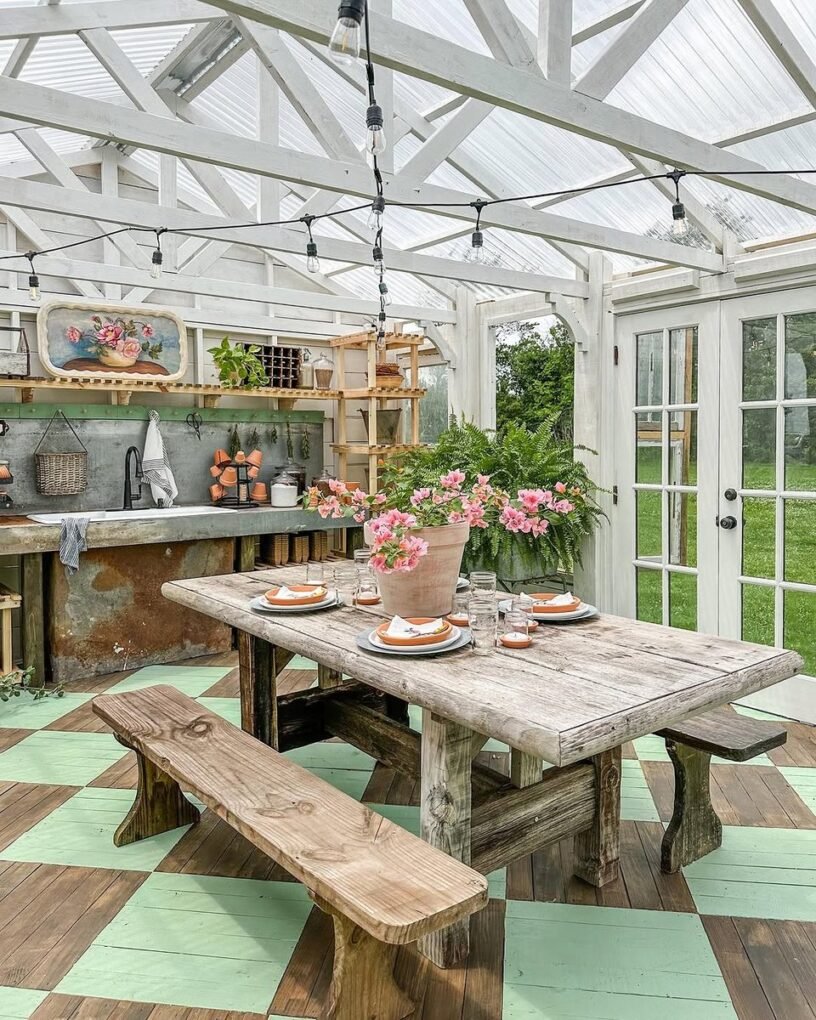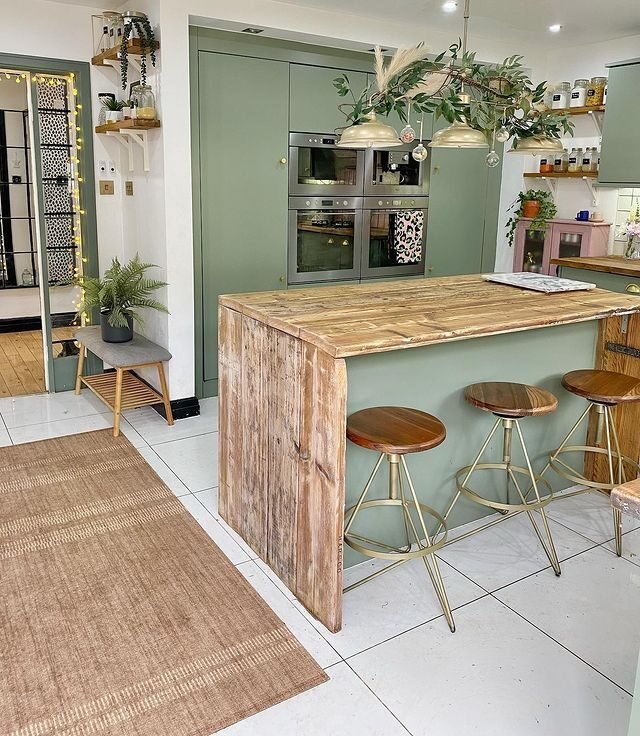One of the most important aspects to making your home feel like a welcoming, comfortable place is having good lighting. Bright lights stimulate the brain and make people more alert, while low light can create an atmosphere of relaxation and comfort. There are several ways you can go about creating good lighting in your home - here are six methods that will work for any space!

1. Take Advantage of Window Light
If you're not looking for a full-fledged system but still want some light, ambient sources are perfect. You can place them in spaces where you don't need direct lighting and they'll still create a welcoming atmosphere! Windows will always be your best friend - if they're not blocked by trees or buildings then open up the curtains during the day to let natural sunlight come in! It's not the same as a lamp, but it will help to create light in your house.
2. Use Bright Lights for Large Spaces
This is true of any type of lighting you use - because different types are better suited for certain spaces and areas! If you have an open living room that takes up the majority of your home, then it would be best to use bright lights. For example, you could hang a chandelier or other light fixture in that space! If you have a smaller bedroom with limited lighting options, try using dark colors and dimmer lamps so there's not too much brightness inside the room.

3. Keep Your Room's Mood in Mind
Lighting can set the mood of your room! Something like a bright yellow color could make you feel more energized, while something dark and blue would be relaxing for sleeping or reading at night. No Room? No Problem! Keep some lamps on timers to keep light coming into rooms when they're not occupied - it won't be as bright, but it'll take care of your lighting needs! If you have a lot of plants in your home and need more light to keep them healthy, hang some white lights or natural sunlight bulbs near their spot so they can thrive without any problems. It's also best not to use incandescent or fluorescent bulbs for plants, because they're not as useful to them.
4. Determine the best type of light for your needs
There are many types, each having different effects on people and environments. Examples include task lighting (focused incandescent or fluorescent lights that help you read), accent lighting (used to highlight certain features) or ambient lighting (provides general illumination). You can also have a combination of these types.
Light It Up! If you want a nice effect in your home at night time, use white Christmas lights inside and outside of windows so it looks like the house is glowing with warmth and happiness - perfect if you have kids who are afraid of monsters! Make sure you don't overload the power source though. Knowing what you want your light for will help when deciding on a type to buy.
5. Consider the type of bulb you want and your room size
Incandescent bulbs produce a softer light and they are cheaper than other types, but their lifespan is shorter (roughly 1000 hours). Fluorescent bulbs last longer and give off more intense light, but can be expensive depending on what wattage or length you purchase. LED lights have become popular because they are both energy-efficient and durable. The size of the room will determine what type of light you need. Halogen lights, for example, work well in larger rooms with high ceilings because they cast a wide beam and produce a lot of light.
6. The direction of the light is also important
Having a mixture of different types in one room will create more balanced lighting, which can be appealing to some people and better for your eyes as well. The team from Apex Electric suggests that, “Mounting pendants overhead or installing track lights on walls allows you to customize the angle that light enters a room. This ensures that all the light that enters the room is distributed throughout the room using a reflector which gives your room good lighting.” Therefore, ensure that you consider the direction through which the light enters the room.

A good lighting scheme can be the difference between a dark, dreary space and a bright, inviting one. Lighting is important for moods and all types of activities that take place in your home - from cooking to reading to entertaining guests. The type of light you choose depends on the desired effect that you want to achieve in your room. As you have seen, lighting your home is not difficult as you thought. Therefore, why can’t you light your home now?




